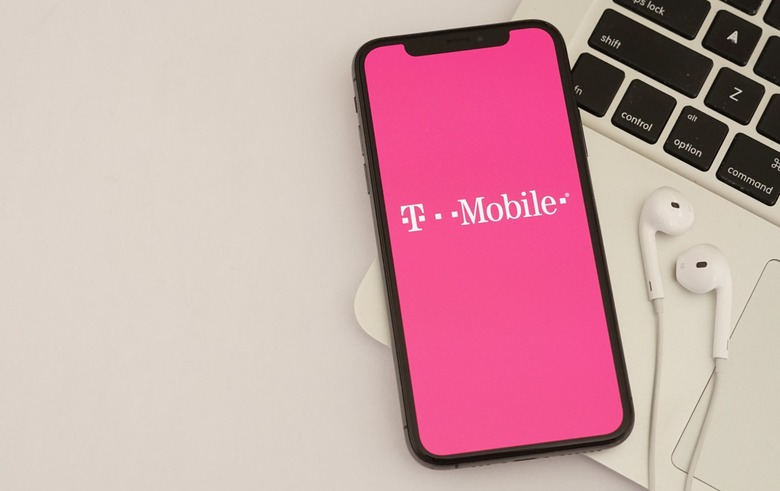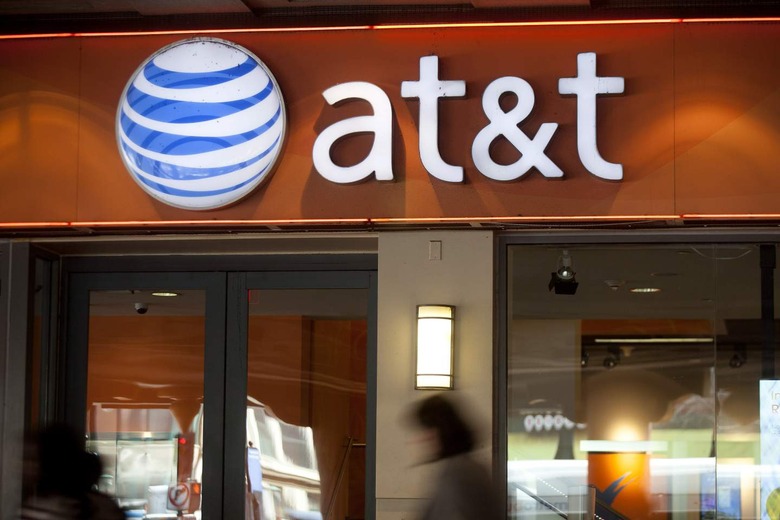Never Buy A Phone Without Checking This First
With many modern smartphones topping $1,000, buying a second-hand phone is a popular option. Amazon, Craigslist, Facebook Marketplace, Apple's refurbished store, and eBay are good places to find lightly used, previous generation phones at a fraction of the cost of a brand-new model.
When buying a used model, many consumers check out the overall condition of the phone, such as whether the screen is cracked, how much charge the battery holds, if there are scratches on the housing, and more. While these are certainly important, there are other factors that are just as important and directly impact whether the phone will work for you.
The bands a phone uses and, to some extent, whether it is CDMA or GSM are important things to check before buying.
GSM vs CDMA
In years past, one of the biggest factors you needed to consider was whether a phone was designed to work on a GSM or a CDMA network. While there were many subtle technical differences, at the most basic level GSM and CDMA were simply two different technologies behind wireless networks.
T-Mobile and AT&T both used GSM technology, as did most of the world. There were relatively few companies that used CDMA. Within the US, however, Verizon and Sprint both relied on CDMA.
In many ways, CDMA offered some technological advantages over GSM. Originally CDMA offered better call quality, and often better building penetration. Despite its performance advantages, CDMA was more expensive for carriers and phone manufacturers to work with, thanks to Qualcomm owning most of the intellectual property behind the tech and charging royalties for its use.
In contrast, GSM was far more open, meaning it cost less for companies to use it (via Java T Point). This helped drive its worldwide adoption. With more companies using it and investing in it, GSM caught up with CDMA and eventually surpassed its advantages.
From the user's perspective, GSM phones featured a SIM card, making it an easy matter to switch from one phone to another, whereas CDMA phones traditionally did not have one.
Because these two technologies were incompatible, it was extremely important to make sure you bought the right type of phone in years past. While it's still a good idea to check that even now, it's far less important than it used it be, thanks to 4G and 5G.
With the advent of 4G, carriers the world over moved to a common standard, rather than being divided into GSM and CDMA camps. The newer 5G continues that trend even more. As a result, the only real reason to be concerned with whether a phone is GSM or CDMA is for those rare times when neither 5G nor 4G is available, and a phone must fall back to 3G or 2G technologies, which are still GSM or CDMA (via Verizon).
Even that reason will soon vanish, however, as Verizon has announced it will retire its 3G CDMA network no later than December 31, 2022, and Sprint has been purchased and absorbed by T-Mobile.
Cellular Bands
A far more important factor when choosing a phone is the bands, or frequencies, of 4G and 5G the phone supports. While 4G and 5G may use standardized, compatible technology, different carriers use different frequency spectrums for their cellular service (via Phone Arena).
For example, one of the main reasons T-Mobile purchased Sprint was to acquire its wealth of 2.5 GHz spectrum, which the company is using for mid-band 5G. Mid-band 5G offers a good blend of speed and range, as opposed to far-reaching low-band, or super-fast high-band.
In contrast, Verizon and AT&T purchased $68 billion worth of spectrum in the 3.7 to 3.98 GHz range to use for their mid-band 5G. Therefore, a phone that has support for 2.5 GHz frequencies, but does not support 3.7 to 3.98 GHz, would be able to take advantage of T-Mobile's mid-band 5G, but not Verizon's or AT&T's.
As a result, when purchasing a phone from a third party, it's critical to make sure the phone supports the same bands, or frequencies, as your carrier. Otherwise, you may have a phone that can only access some of your carrier's network, but not all of it.


